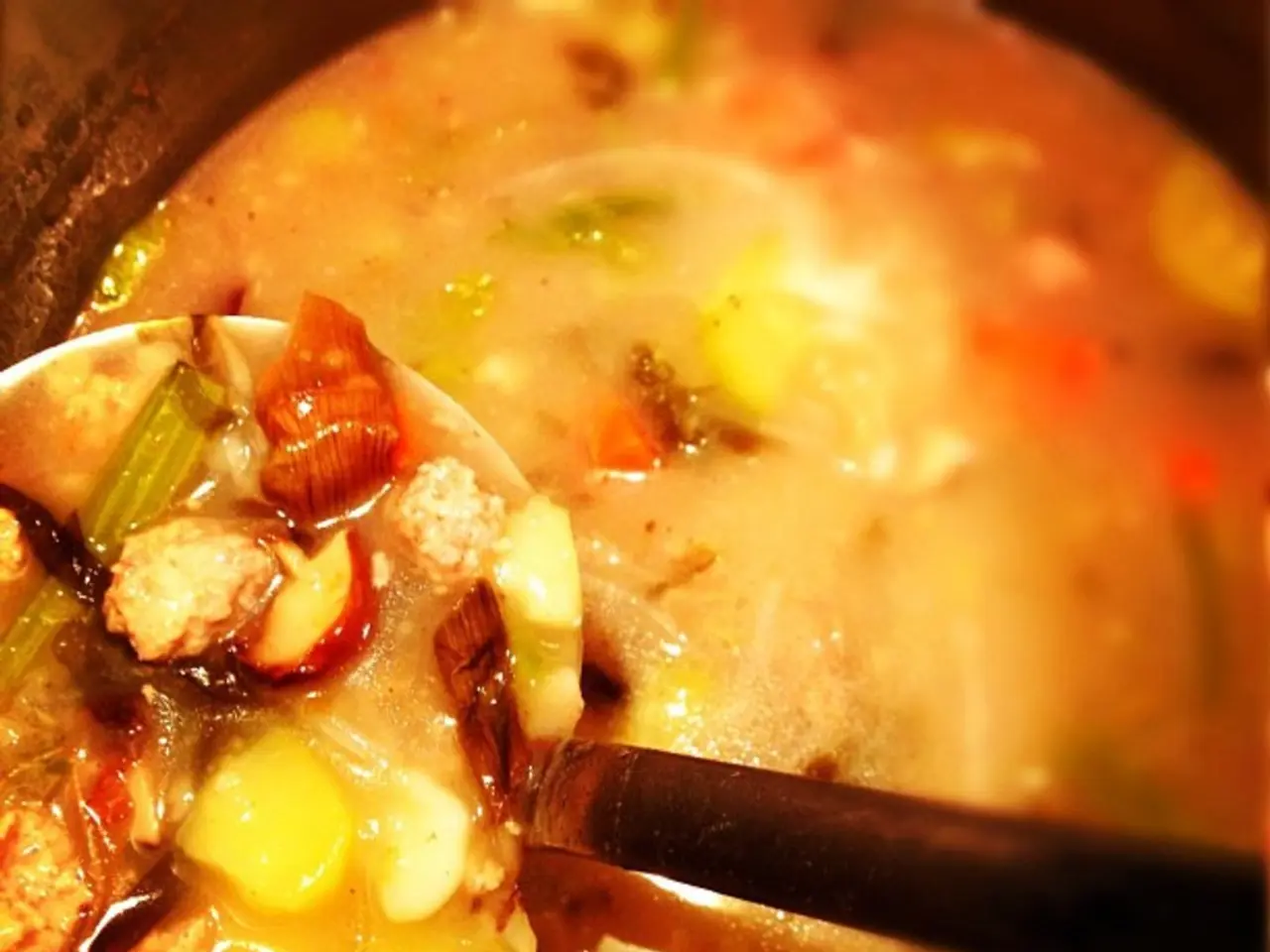Macau's rich historical background has played a significant role in shaping its unique blend of culinary tastes.
=======================================================================
In the heart of the Age of Discovery, Macau emerged as a pivotal player in the global trading scene. This small coastal city, nestled between China and the South China Sea, served as a strategic port and trading nexus that connected China, Japan, Southeast Asia, India, and Europe.
The Portuguese, having established control over the Maritime Silk Road—an oceanic trading network stretching from the Mediterranean to Japan—capitalised on the lucrative spice trade. By the 16th century, Europe was importing around six million pounds of black pepper each year, along with large quantities of other spices, much of which passed through Macau.
The Portuguese traders in Macau not only controlled the flow of these coveted goods but also played a significant role in the beginning of Macau's modern history. The simple human desire to make a foreign land taste like home led to the birth of Macanese cuisine, a unique culinary heritage born from centuries of imperial trade and cultural exchange.
Recognised by UNESCO in 2023 as the world’s first fusion cuisine, Macanese cuisine uniquely blends Portuguese, Chinese, Malay, Indian, and African influences. Dishes feature spices and flavors that were transported along these trading routes, such as peppers, coconuts, and other herbs imported from Asia and beyond, merging with Portuguese cooking styles and local Chinese ingredients.
The spice trade also had a profound impact on Macau's language and culinary tastes. The Portuguese exported tea from Macau, adopting the local Cantonese pronunciation "cha," which shaped European words for tea.
Today, Macau's culinary scene is a living tapestry of tradition and innovation. The blending of flavors in Macanese cuisine was not deliberate, but rather born out of conquest and trade. As the Portuguese discovered a lucrative opportunity in the spice trade in East Asia, they learned that trading in these exotic ingredients was as profitable as taking them back to Portugal.
The demand for pepper in China was so high during this period that imperial prohibitions could not lessen it. The spice trade allowed the Portuguese to exert control over a significant trading network in the 16th century, solidifying their dominance over Asian trade routes after their conquests in places like Malacca in 1511.
In summary, Macau's role in the spice trade during the Age of Discovery was not just about facilitating the flow of spices and other luxury goods. It was also about deeply influencing the multicultural character of Macanese cuisine, creating a unique culinary heritage born from centuries of imperial trade and cultural exchange.
References:
- Macanese cuisine
- Macau: A Historical Overview
- The Maritime Silk Road
- The Spice Trade
- Vasco da Gama
Food-and-drink in Macau, particularly Macanese cuisine, showcases a lifestlyle deeply rooted in imperial trade and cultural exchange from the Age of Discovery. This unique cuisine, a fusion of Portuguese, Chinese, Malay, Indian, and African influences, owes its creation to the booming spice trade that flowed through the strategic port of Macau. Traveling merchants from Europe, China, Japan, Southeast Asia, and India left behind taste sensations that blend Portuguese cooking styles with local ingredients and exotic spices imported along trading routes, such as peppers, coconuts, and various herbs.




